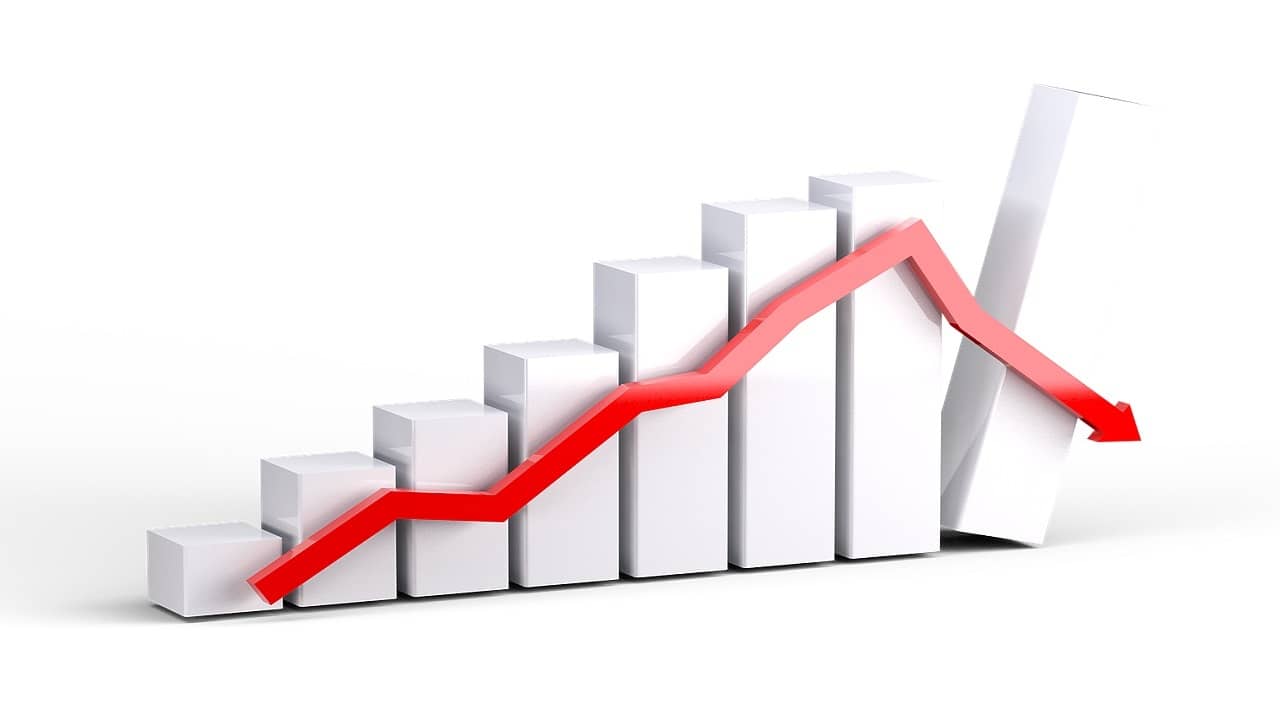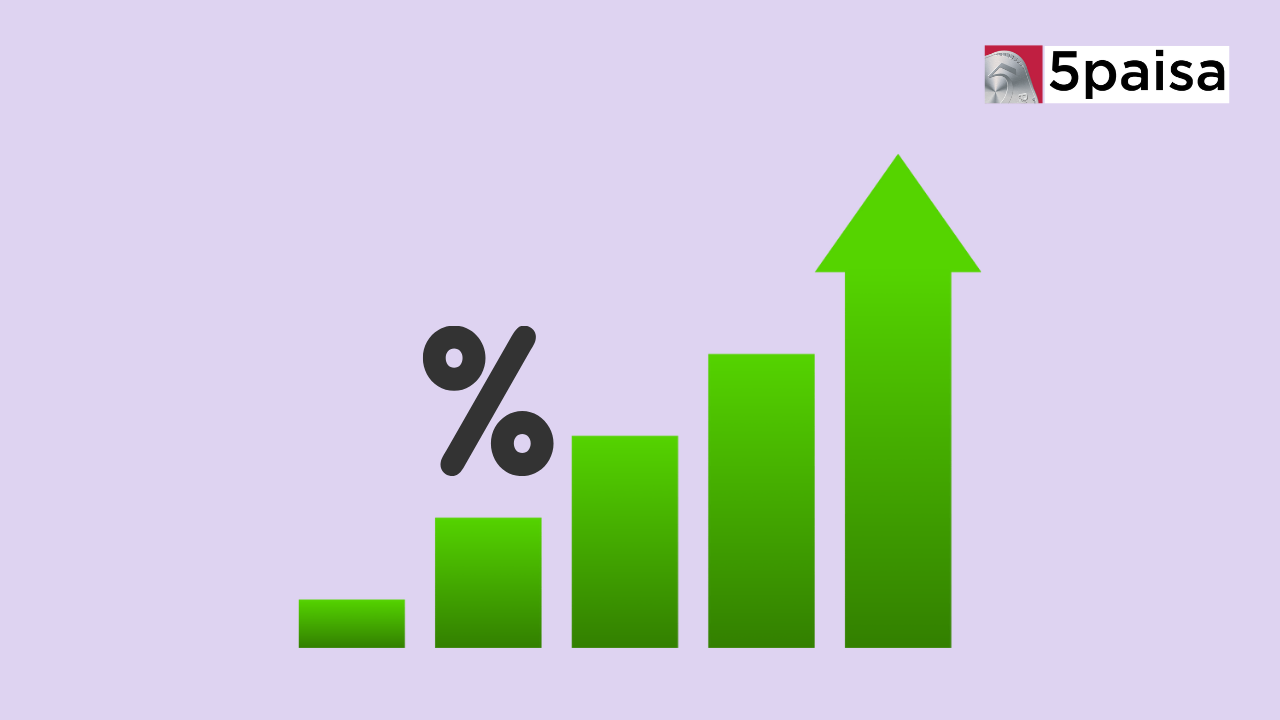Top Growth Stocks Trading at a Discount
Is the Indian economy beginning to slow down significantly?

Last Updated: 9th December 2022 - 08:37 pm
India's economic growth for the April-June quarter fell short of expectations, and the Reserve Bank of India cut its full-year projections. Now, two more economic indicators point out the economy might be showing signs of a slowdown.
Demand for work under the Mahatma Gandhi National Rural Employment Guarantee Act (MGNREGA) rebounded marginally in September, after falling for three consecutive months, The Economic Times reported. This raises questions about labour market stability.
Also, a report in the Mint newspaper said that capital expenditure plans of Indian companies continued to lose steam in the July-September quarter, albeit at a slower pace.
What does the data on rural work demand show?
Government data showed that demand for household and individual segments under the scheme was up more than 5% in September compared to August, though it was lower than a year ago, according to the ET report.
The September demand was higher than the pre-Covid levels and reflected greater dependence for livelihood on the rural employment scheme, the report said.
As per the data, household demand for work under the scheme in September was 16.7 million, 5% more than the August demand of 15.9 million, while the individual demand last month was 5.7% more at 20.2 million compared to 19.1 million in August.
Household demand for work under MGNREGA was 14.2 million in 2019-20 while individual demand was 17.7 million, which was 17.6% and 14.1% lower respectively than the current levels.
Year-on-year the demand for work under the scheme has seen a significant dip with household demand last year at 24 million and individual demand at 30.2 million, 30.4% and 33.1% higher respectively than this year.
Household demand under MGNREGA stood at 23.2 million in April, 30.7 million in May, 31.7 million in June and 20.4 million in July.
What does the capex data tell us?
Government and private companies announced capex projects worth a combined Rs 3.3 trillion during the quarter, recording a sequential decline of 25.8%, according to data from the Centre for Monitoring Indian Economy (CMIE).
Mint said that in April-June, the decline was much sharper, at 48.1%. Compared to the same quarter in the previous year, the decline in the just-ended quarter was 58%, led primarily by the government sector, which saw a drop of 79%. Capex plans announced in the private sector rose 16.3% in terms of value.
Why have capex plans of companies been disrupted?
With the effects of the Covid-19 pandemic ebbing, capex plans had seen sequential growth momentum between the March 2021 quarter and the March 2022 quarter. However, disruptions caused by the Russia-Ukraine war and monetary policy tightening around the world have become headwinds for investments in the country.
So, who seems to be doing most of the spending right now?
Mint said that state governments did the heavy lifting during the September quarter, with the value of projects they announced trebling on a sequential basis. New projects announced by the central government, on the contrary, fell dramatically by 91%.
Within the private sector, new projects by Indian companies fell 25%, while those announced by foreign companies offered some relief.
And how are capex spends likely to look up going forward?
Against the backdrop of the Russia-Ukraine war, ICRA expects only a back-ended pick-up in capex later this fiscal year, according to a September 28 report by the rating agency.
Which sectors were the most affected by the slowdown?
According to the Mint report, the slowdown was more pronounced in some sectors. In the manufacturing sector, which has the largest share in capex projects, project investments rose 6.3% sequentially. In electricity and construction/realty, the figure declined by 63% and 65%, respectively.
On a year-on-year basis, project investments in the electricity sector were higher by 65%. Construction and real estate performed poorly even when compared to the same quarter last year as heavy rainfall disrupted construction activities, while higher mortgage rates dampened demand for real estate.
Project stalling rates, calculated as the value of stalled projects as a proportion of total projects under implementation, continued to moderate during the quarter. The stalling rate in the private sector fell further to 19.8%, while the same in the government sector was flat at 4.5%.
But is there is silver lining?
Yes. Mint says that despite the setback seen in the government sector, project completion was up during the September quarter. The value of completed government projects rose 54.3% after having been in the negative territory for the past two quarters. The private sector’s completion rate declined 57.9%, after having risen 45.2% in the previous quarter.
Trending on 5paisa
04
 5paisa Research Team
5paisa Research Team
Discover more of what matters to you.
Indian Stock Market Related Articles
Disclaimer: Investment in securities market are subject to market risks, read all the related documents carefully before investing. For detailed disclaimer please Click here.
 Sachin Gupta
Sachin Gupta Ruchit Jain
Ruchit Jain




